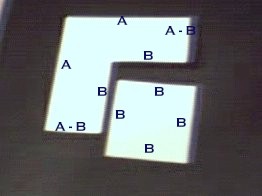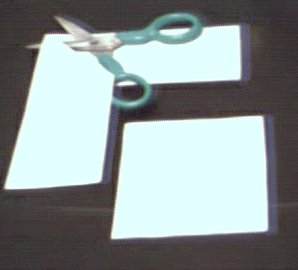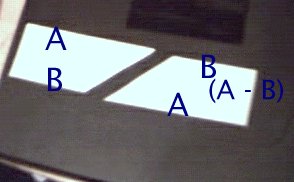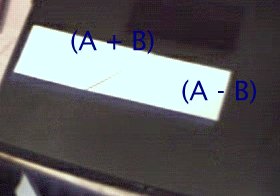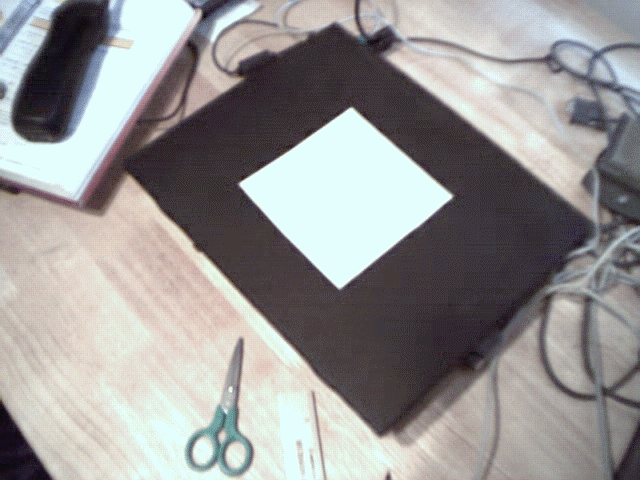
Ahhh...Factoring...The Cornerstone of every Algebra Curriculum. The difference of two squares has always been a fascination for me, as this topic is not isolated within algebra but it is intrinsically geometric. Think about it: THE DIFFERENCE OF TWO SQUARES.
Difference = Subtraction
Squares = SQUARES, real geometric squares !!
Now the algebraic conclusion is drawn below:

And then the geometric simulation is presented to allow the student to manipulate the geometric variables to see this resulted examined through many situations.
The geometric model depicts the subtraction of the area of the
smaller square (B^2) from the area of the larger square (A^2) Otherwise known
as A^2 - B^2. If you were to rearrange the area of the remaining region into
a rectangle you would see that the areas illustrate the A^2 - B^2 = (A + B)
(A - B) expression.


